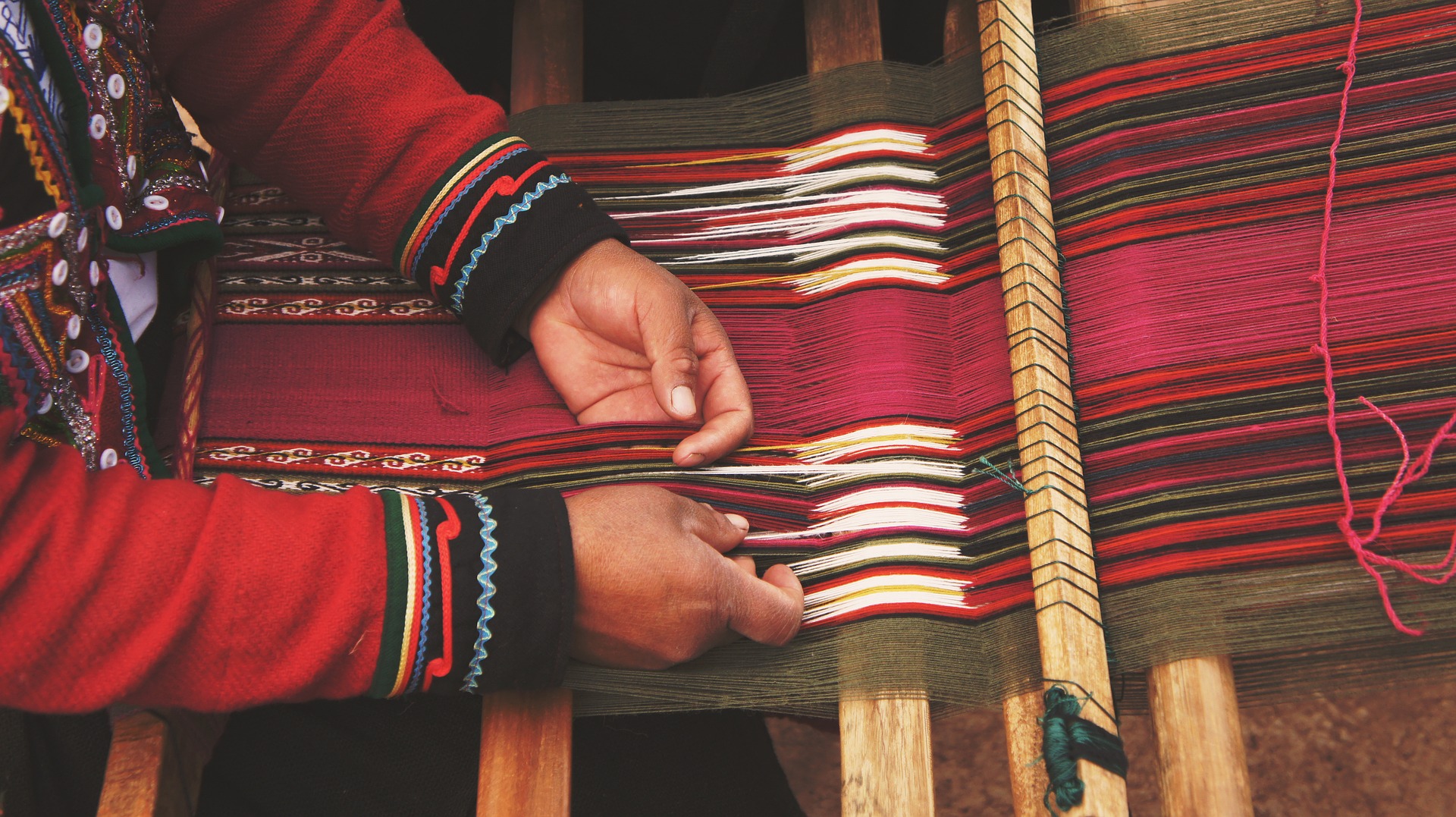Greenfield (2006)
 The following study is another example of how cultural traditions are enculturated. This study is a good study to expand on and contrast with the study by Odden and Rochat (2004) in the textbook.
The following study is another example of how cultural traditions are enculturated. This study is a good study to expand on and contrast with the study by Odden and Rochat (2004) in the textbook.
Inspired by Vygotsky, enculturation research initially focused on dyadic participatory learning, that is - children learning in partnership with an adult. Vygotsky described the zone of proximal development as the difference between what a learner can do achieve alone and what can be achieved with support or ‘scaffolding’ from a skilled partner. By working alongside a more knowledgeable other, a child would learn. Psychologists call the passing of cultural knowledge from parents to children vertical transmission.
Greenfield’s longitudinal study of enculturation practices among Mayan mothers and daughters in Mexico aimed to explore how children learn the cultural skill of weaving. This skill is described as ‘the essence of Zinacantec womanhood’ and is transmitted from one generation to the next. Greenfield’s research started in the late 1960's and she has continued to visit the community for over forty years.
Greenfield videotaped naturalistic observations of families working their ‘back-strap’ looms and conducted many interviews in Tzotzil, the participants' native language. As participant observers, Greenfield and her daughter lived among the families and dressed in traditional clothing. Greenfield worked with 14 mother-daughter pairs in 1969-1970.
Initially, there were only four striped clothing patterns, which identified wearers as male or female, adult or child and via direct instruction the daughters were taught to recreate these patterns exactly. When interviewed, the mothers denied consciously ‘teaching’ their daughters but were observed to continually assess progress, providing sensitive, verbal direction as needed, intervening less often as the girls improved to the point of weaving independently. It was concluded that this high level of adult-child interaction was in keeping with the cultural value of maintaining traditions.
This form of enculturation is called ‘apprenticeship’ whereby highly structured guidance from the older generation prevents experimentation. Though weaving may be seen as purely technical, Greenfield discusses the socio-cultural impact of this activity which implicitly teaches the importance of listening to and respecting authority (the mother), contributing to the family (making cloth) and the role of women in Mayan culture, skillful weaving being equated with marriageability. In other words, it is not only the skill of weaving which is taught to the child, but important cultural values are also enculturated.
One strength is Greenfield’s emic approach which increased the credibility of her qualitative data. As a participant-observer, she and her daughter lived among the families and dressed in traditional clothing. The longitudinal nature of the study allowed her to nurture a special relationship with these women over the decades and she describes them as friends. This means that she was able to gain a unique insight into their lives allowing access to data that could never have been collected in a cross-sectional study, employing a more etic approach, as has been used in much other enculturation research.
Furthermore, all interviews were conducted in the native language (Tzotzil), so participants were able to fully express themselves. However, a weakness is that the interpretation of the transcripts may be subject to researcher bias; it’s possible that the social aspects of weaving were exaggerated as the researchers were aware of the collectivist nature of Mayan culture at that time.
Further potential bias stems from the use of overt observation. Mothers may have behaved more attentively towards their daughters in order to give a certain impression to the researcher.
This study only took place in one small community with just 14 participants meaning the conclusions should only be generalized with caution. This said Greenfield supplies rich, thick contextual detail including details of politics, religion, education and gender roles in the Zinacantec region, which would help readers infer the extent to which the findings may be transferrable to other cultural settings.

 IB Docs (2) Team
IB Docs (2) Team
